Description
PRINCIPLES OF PHYSICS is the only text specifically written for institutions that offer a calculus-based physics course for their life science majors. Authors Raymond A. Serway and John W. Jewett have revised the Fifth Edition of PRINCIPLES OF PHYSICS to include a new worked example format, new biomedical applications, two new Contexts features, a revised problem set based on an analysis of problem usage data from WebAssign, and a thorough revision of every piece of line art in the text.
All in-text “Worked Examples” have been recast and are now presented in a two-column format to better reinforce physical concepts and provide conceptual explanations next to the math for every step. Solutions are presented symbolically as much as possible and only substituting in numbers at the last possible moment. This approach helps students think symbolically when they solve problems, instead of automatically looking to insert numbers into an equation to solve a problem.
Every piece of artwork in the Fifth Edition was revised in a new and modern style that helps express the physics principles as well as making certain that the physical situations presented corresponded exactly to the textual discussion at hand. “Focus Pointers,” a new feature for many pieces of art, either point out important aspects of a figure or guide students through a process illustrated by the artwork or photo.
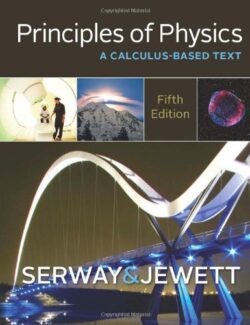
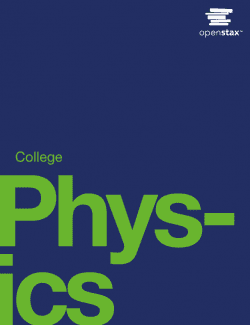



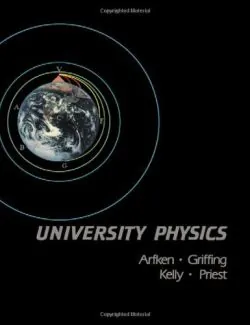


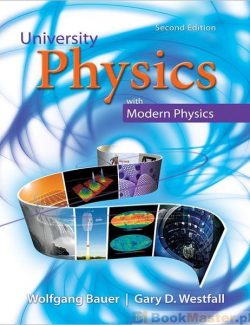
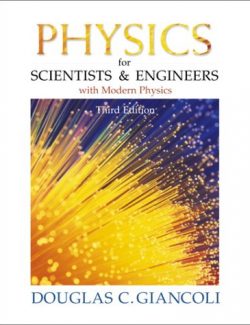

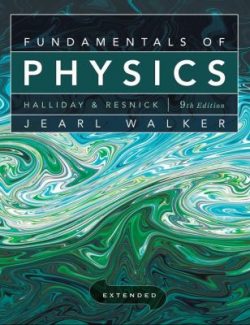
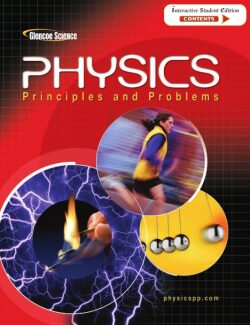
Leave us a comment
No Comments